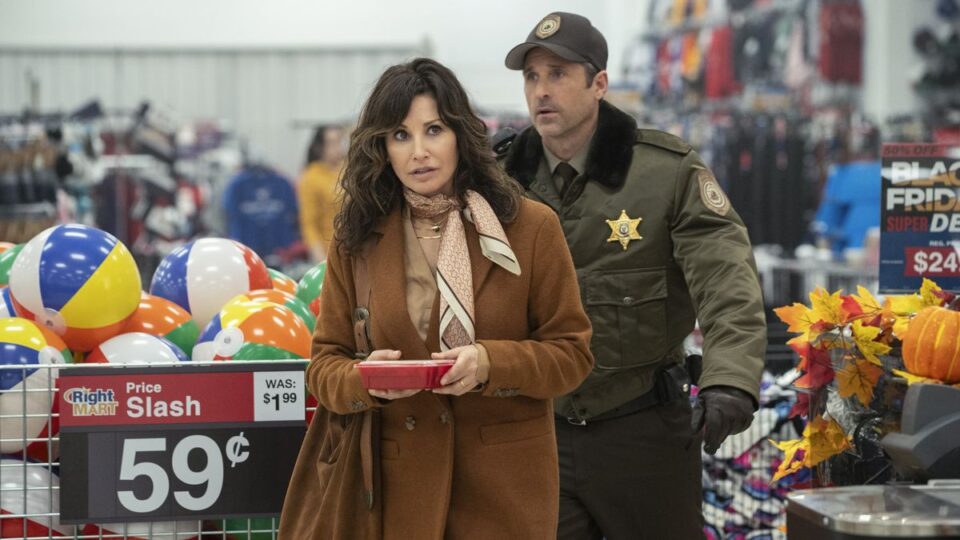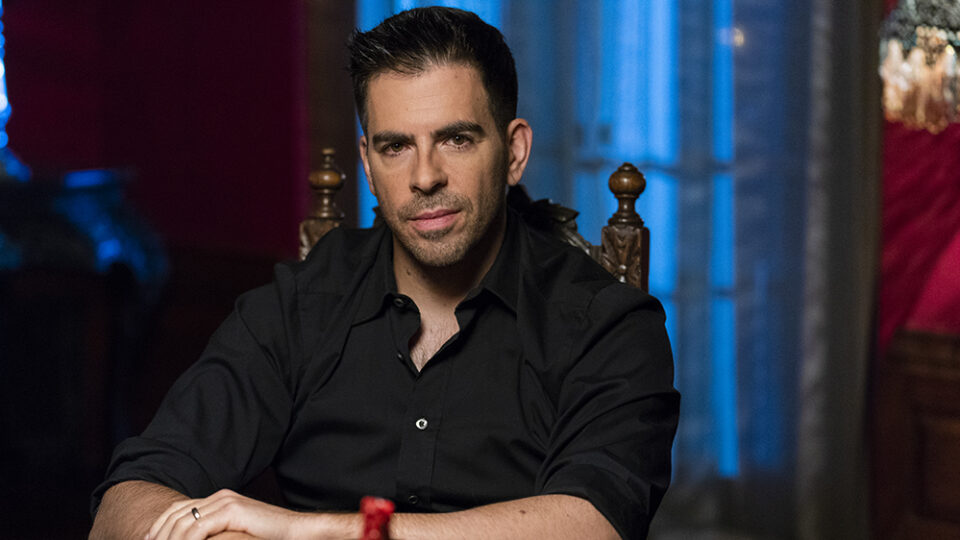A ‘Thanksgiving’ Interview with Eli Roth

Fresh off the release of his highly anticipated Thanksgiving, we recently had the pleasure of sitting down with Eli Roth to explore the film’s origins, the significance of practical effects in horror, and the intricacies of creating fear without going too far.
Dread Central: Eli Roth. Real pleasure. I remember seeing Grindhouse in college, and here we are 15 years later. I’m wondering, what was your cinema diet like when approaching Thanksgiving?
Eli Roth: The movie really wasn’t about grindhouse. This idea was an idea that started with my best friend, Jeff Rendell, and me when we were probably 12 years old. We grew up in Massachusetts in the heyday of slashers where every single holiday had a slasher movie. So we really wanted to make a film that would feel like My Bloody Valentine, Halloween, Silent Night, Deadly Night, April Fool’s Day, even event movies, around Prom Night or Happy Birthday to Me or Friday the 13th.
That was always the intention, was to make a real slasher film. And then, seeing what happened in the 90s with some films like Scream and Mute Witness that I love. Grindhouse was an opportunity to try out that idea that had been brewing. That was like a straight, albeit slightly ridiculous at certain moments and fun, but to make a real kind of straight ahead. Who done it? R-rated fun slasher movie.
DC: When it comes to all those movies that we grew up on, like Friday the 13th and Nightmare on Elm Street and Texas Chainsaw, there’s a feeling I feel like a lot of us would get as kids where we’re watching something and it’s dangerous and it might be more than we can handle and I feel like going into adulthood as horror fans we’re constantly chasing that feeling.
How did you try to bring that feeling back into Thanksgiving without dipping into nihilism?

ER: I think part of the fun of slashers is you’re guessing who the killer is and people you like get killed and people get killed out of the wrong order. So I think that you want your audience to feel that they’re in the hands of an unstable narrator but you don’t want the audience to feel betrayed. And there are certain ways that you can betray them.
You can lose your audience by going too dark in a scene to the point where it crosses over into, as you said, nihilism and cruelty. You want to punish the characters and have brutal deaths, but you don’t want it to be such a punishing experience that the audience starts to not have fun.
That’s the kind of thing that happens in editing where you cut the movie, you show it to an audience and the audience tells you; when they’re sitting on the edge of their seat and they’re cheering and screaming and applauding, they’re engaged. If you have a kill scene and they’re dead silent and there’s no reaction, then maybe you’ve gone too far and not in a good way.
DC: I’ve heard you talk extensively about how new horror entries need to contextualize every other horror movie that came before it not just in terms of outdoing kills, but having a level of relevance. I was curious about how you approached where this movie fits into the overall horror pantheon in the context of where horror is now and just horror history in general.

ER: There hasn’t been a new slasher in a long time, it’s the ninth Halloween. It’s the sixth Scream. They’re doing very well and people like them and obviously we love those characters, but there has to be something else in order for the genre to survive.
I think there’s a lot of supernatural horror that’s coming out. that’s doing very well, but there isn’t that straight-up, killer in a mask, who-done-it. There hasn’t been any new horror character like that. So that was the idea was to create a new one and we’ll see how audiences respond.
DC: So I’ve heard you also talk about how you channel your actual fears into every movie that you make. Cabin Fever was about a rare skin disease you contracted while riding ponies. Green Inferno was about slacktivism, and oddly enough, it feels more relevant today than at any time.
ER: Yeah, it’s ahead of its time.
DC: Oh yeah. How do you get in touch with what scares you, without having an existential panic? And then how do you channel that into your movies in a healthy way?
ER: I think you’ve got to do what scares you. Everyone has their fears. The idea that we can’t confront our fears without going into a panic is a childish one. I think that you need to look at whatever scares you and understand why. And to me, it’s just finding the theme. It’s not even what scares you. It’s what you find interesting.
What I think is interesting is this idea of being thankful and then going and trampling each other for electronics at a Black Friday sale. That it all goes out the window as soon as the gates go up. And people participate in these gladiator games for products. So I think that’s something that’s really interesting and setting it in Plymouth with the birthplace of Thanksgiving. And watching the panic and being caught in a trampling and watching mob mentality. And seeing, being stuck in a riot. All of these things are things that scare me but that was the theme.
DC: So Blood & Banter is a conversational card game, and one of the questions is: name a horror movie villain you would invite to Thanksgiving dinner and why. Would love to pose that question to you with the stipulation that it can’t be John Carver from your new slasher.
ER: Obviously, I’ve just spent a lot of time at dinner with John Carver and I had a great time with him. So I think it’s an unfair question to say that I couldn’t invite him.
DC: Okay, so I guess it’s him then.
ER: Mmm hmmm.
DC: Today, a lot of horror audiences have been essentially desensitized by a lot of gore with stuff like Terrifier 2, and with the overuse of jump scares it’s hard to scare audiences nowadays because they’re basically battle-tested and ready. What is your approach to creating effective scares?
ER: You shoot all the pieces and you can find it in the editing. You can’t do the same type of scare over and over, the audience sees it coming. You got to lead them one way thinking you’re going to give them a certain thing and then something comes totally out of left field. That’s when the scare works the best.
It’s when you’re completely off rhythm. So that’s the key, is not falling into the rhythm. Because it’s easy in the abstract to think of all the different kills and approach it the way you would approach it. But then you have to line them up against each other and go, ‘We already just did that, so now I want to do this kind of scare, but I’m going to let the audience think I’m going in this direction’. It’s misdirect. Misdirect is always the key to a good scare.

DC: Could you discuss the importance of using practical effects in horror?
ER: Certain things you just can’t do, and you have to do CGI. But when I see these movies, I want to see the gore, I want to see the blood, I want to see the guts, and we had Adrian Morrow and his wife Kathy, and a Toronto artist named Steve Newbern helping out, as well. It was an amazing group.
When I’m watching someone get splattered with blood digitally, I don’t feel it. When you take a hose full of blood and you spray it on an actor, we know what that feels like. You know that they’re wet. You know that it somehow gets into your bones.
I feel cheated if I see something with a bunch of CGI blood. I wanted to see people getting sprayed in blood. And I get it, it’s a pain in the ass, it’s a mess, it takes hours to clean up, and sometimes it doesn’t go right. But when you get it, there’s nothing like it.
Thanksgiving is out now.
Categorized: Interviews
